Author: Marshall Schott
One stereotype of the modern craft brewer is that they love to push the envelope, which considering the bevy of new styles introduced over the last decade, appears a likely accurate characterization. Back in the 1990s, long before the terms pastry and milkshake were associated with beer, brewers seeking to please the palates of American hopheads began experimenting with making beer that packed a more potent punch than was standard in IPA at the time. Given the considerably higher hopping rates and alcohol, this style came to be known as Double IPA and rapidly shot to the top of the popularity list.
Unlike some new styles that fizzle out soon after their introduced, Double IPA has held its place as one of the more beloved styles of craft beer, to the point it’s uncommon for a brewery not to have one or more in regular rotation. The hype that accompanied certain commercial examples undoubtedly played a role in this style’s staying power, though it also serves as an ideal showcase for hops, which the American drinker had developed a strong fondness for. The BJCP provides the following description of Double IPA:
An intensely hoppy, fairly strong pale ale without the big, rich, complex maltiness and residual sweetness and body of an American barleywine. Strongly hopped, but clean, dry, and lacking harshness. Drinkability is an important characteristic; this should not be a heavy, sipping beer.
I’ll never forget my time experiencing Pliny The Elder. I was in Santa Rosa in 2011 with my family and friends, we snagged a perfect spot just outside the doors of Russian River Brewing Company and ordered pints of this lauded beer. I may not be the biggest lover of IPA, but that Pliny was excellent in every way and inspired me to brew some Double IPA myself. While I followed a typical process for those batches, I recently brewed one up using Short & Shoddy methods.
| BREWING THE BEER |
For this recipe, I originally intended on going with a grist that more closely resembled a Pliny The Elder clone recipe I saw floating around a few years ago. When I shared this with the rest of the crew, I was implored to rely solely on a grain bill consisting of just Pilsner malt and table sugar. Seeing as this was a Short & Shoddy batch, I accepted the challenge and went with a blend of hops I had on hand, some from the 2016 crop year.
Short & Shoddy Double IPA
Recipe Details
| Batch Size | Boil Time | IBU | SRM | Est. OG | Est. FG | ABV |
|---|---|---|---|---|---|---|
| 5.2 gal | 25 min | 83.0 IBUs | 4.1 SRM | 1.072 | 1.009 | 8.4 % |
| Actuals | 1.072 | 1.009 | 8.4 % | |||
Fermentables
| Name | Amount | % |
|---|---|---|
| Pilsner (Weyermann) | 14 lbs | 87.5 |
| Table Sugar (Sucrose) | 2 lbs | 12.5 |
Hops
| Name | Amount | Time | Use | Form | Alpha % |
|---|---|---|---|---|---|
| Citra | 25 g | 25 min | First Wort | Pellet | 13.1 |
| Amarillo | 40 g | 10 min | Boil | Pellet | 10.2 |
| Centennial | 40 g | 10 min | Boil | Pellet | 9 |
| Citra | 40 g | 10 min | Boil | Pellet | 13.1 |
| Amarillo | 40 g | 1 min | Boil | Pellet | 10.2 |
| Centennial | 40 g | 1 min | Boil | Pellet | 9 |
| Citra | 40 g | 1 min | Boil | Pellet | 13.1 |
| Centennial | 55 g | 3 days | Dry Hop | Pellet | 9 |
| Citra | 55 g | 3 days | Dry Hop | Pellet | 13.1 |
| Amarillo | 50 g | 3 days | Dry Hop | Pellet | 10.2 |
Yeast
| Name | Lab | Attenuation | Temperature |
|---|---|---|---|
| House (A01) | Imperial Yeast | 74% | 62°F - 70°F |
Notes
| Water Profile: filtered Fresno tap water with some gypsum |
Download
| Download this recipe's BeerXML file |
I started brewing at 3:49 PM by collecting the full volume of water.
After flipping the switch to get the water heating up, I added a decent sprinkle of gypsum in order to make those hops pop.
I then weighed out and milled the grain.
With the water properly heated, I stirred in the Pilsner malt then made sure it hit my target mash temperature.
The mash was left alone for just 30 minutes, after which the grains were removed and the wort was brought to a boil. The table sugar added at this point.
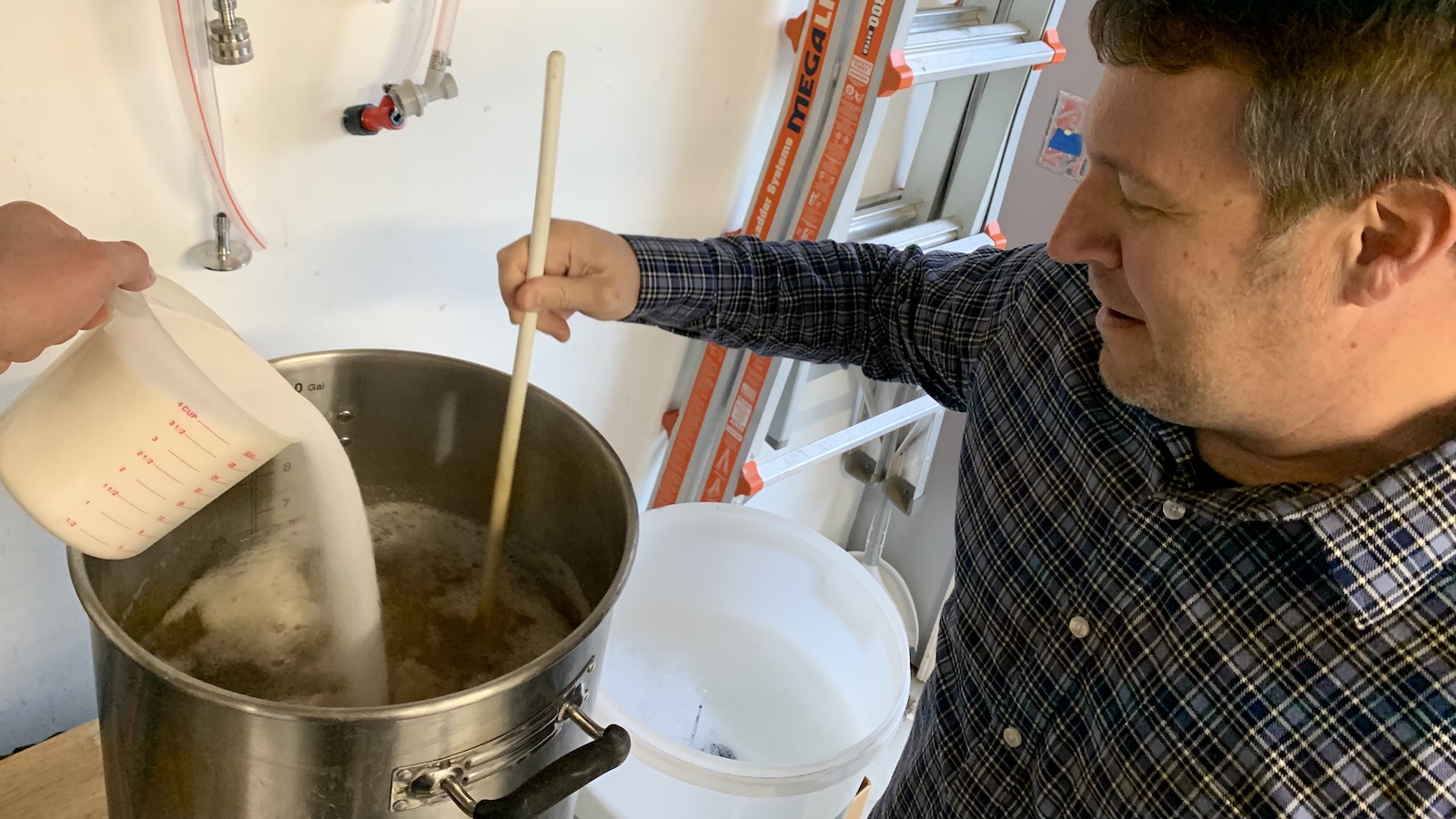
Once the 25 minute boil was complete, I chilled the very hoppy wort with my IC.
A refractometer reading showed the wort hit a respectable OG despite the reduced mash length.
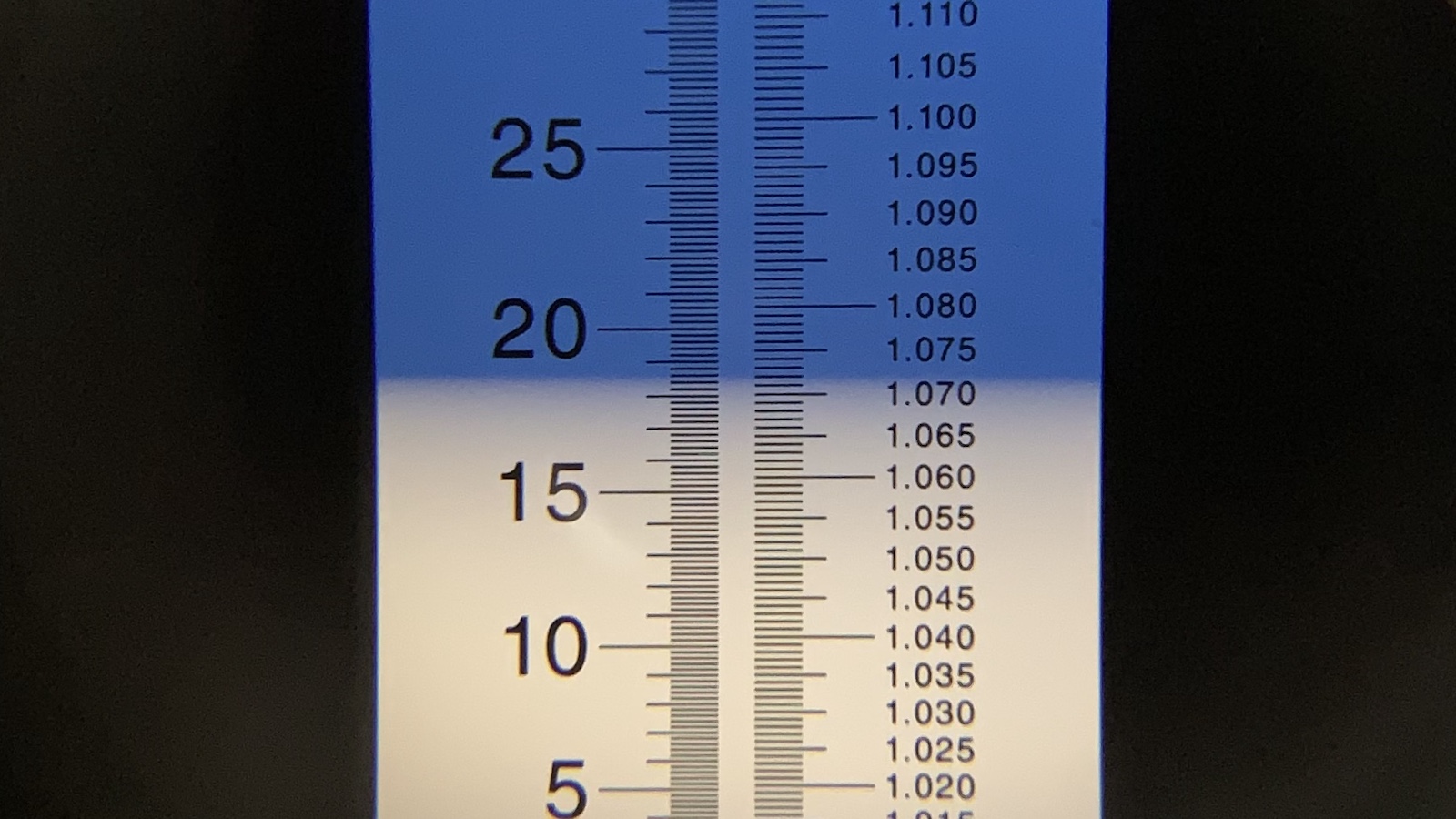
Since I didn’t filter the kettle hops, I used some leftover cardboard to prop the front of the kettle up and waiting 5 minutes for the heaviest particulate to settle out.
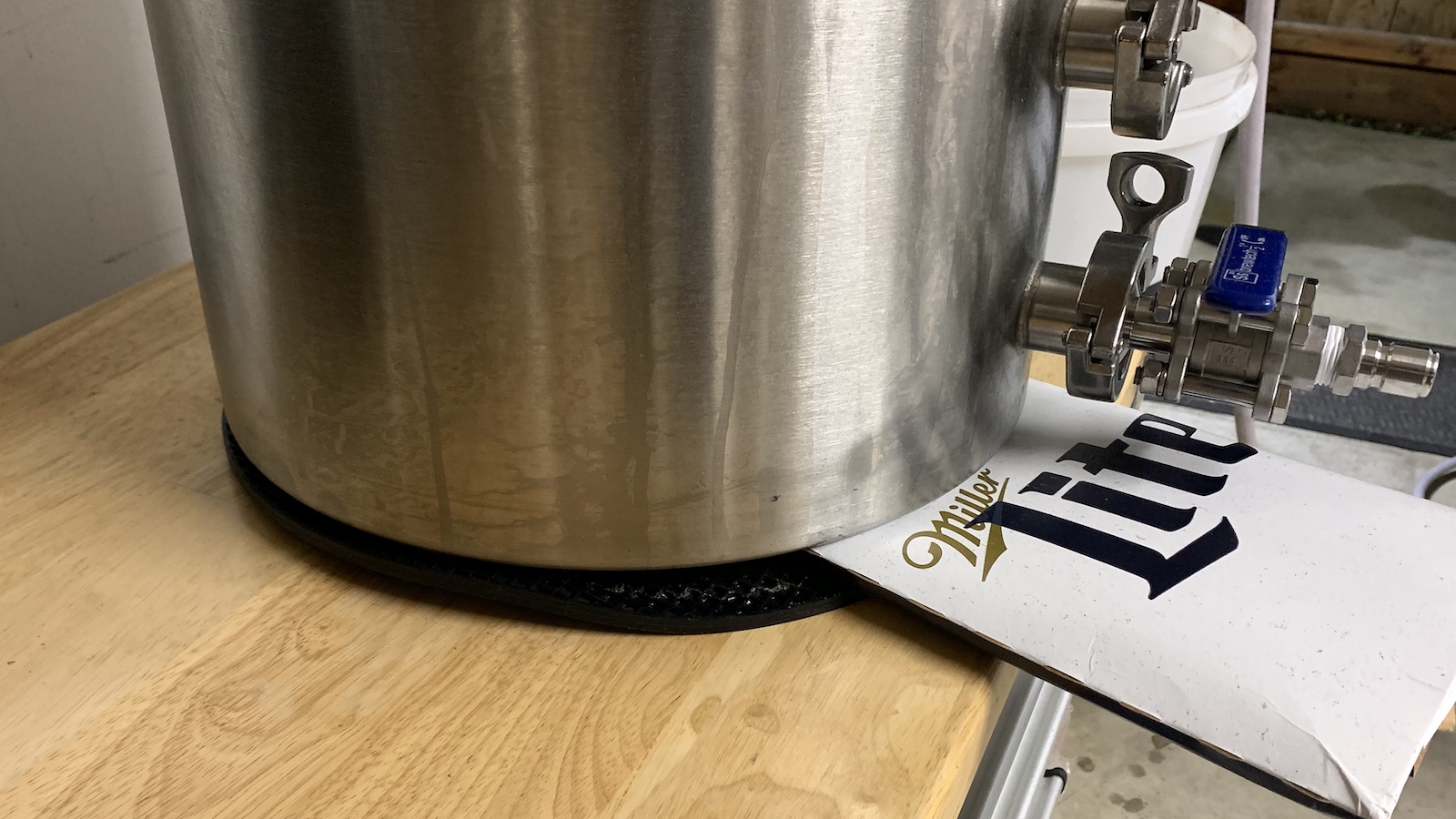
The chilled wort was then transferred to a sanitized fermentation vessel.
With the wort at 68°F/20°C, I pitched a single pouch of Imperial Yeast A01 House.
The filled fermentation vessel was placed in my chamber controlled to 66°F/19°C and hooked up my CO2 capture device. The time was 5:53 PM for a total brew day time of 2 hours and 4 minutes. After 4 days of fermentation, I added the dry hop charge directly to the beer.
With signs of activity absent 3 days later, I took a hydrometer measurement showing FG had been reached.
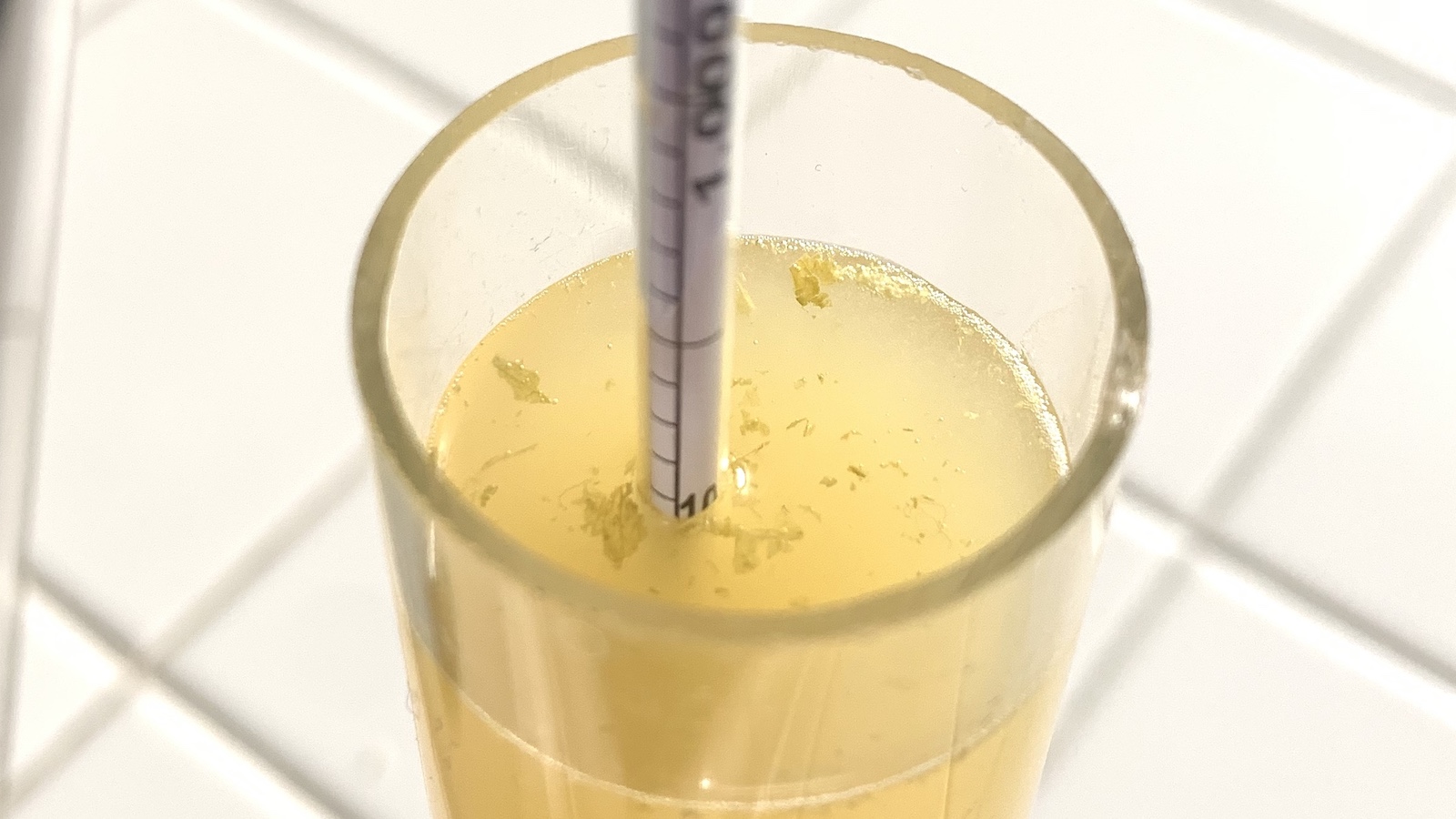
I proceeded with putting 2 psi of CO2 on the fermenter and reducing the temperature in the chamber to 33°F/1°C for cold crashing. The next night, I added gelatin fining then waited a week before racking the beer to a naturally purged keg.
The filled keg was placed in my keezer and burst carbonated overnight before I reduced the gas to serving pressure. I let the beer condition for just 6 days before serving it to tasters for evaluation.
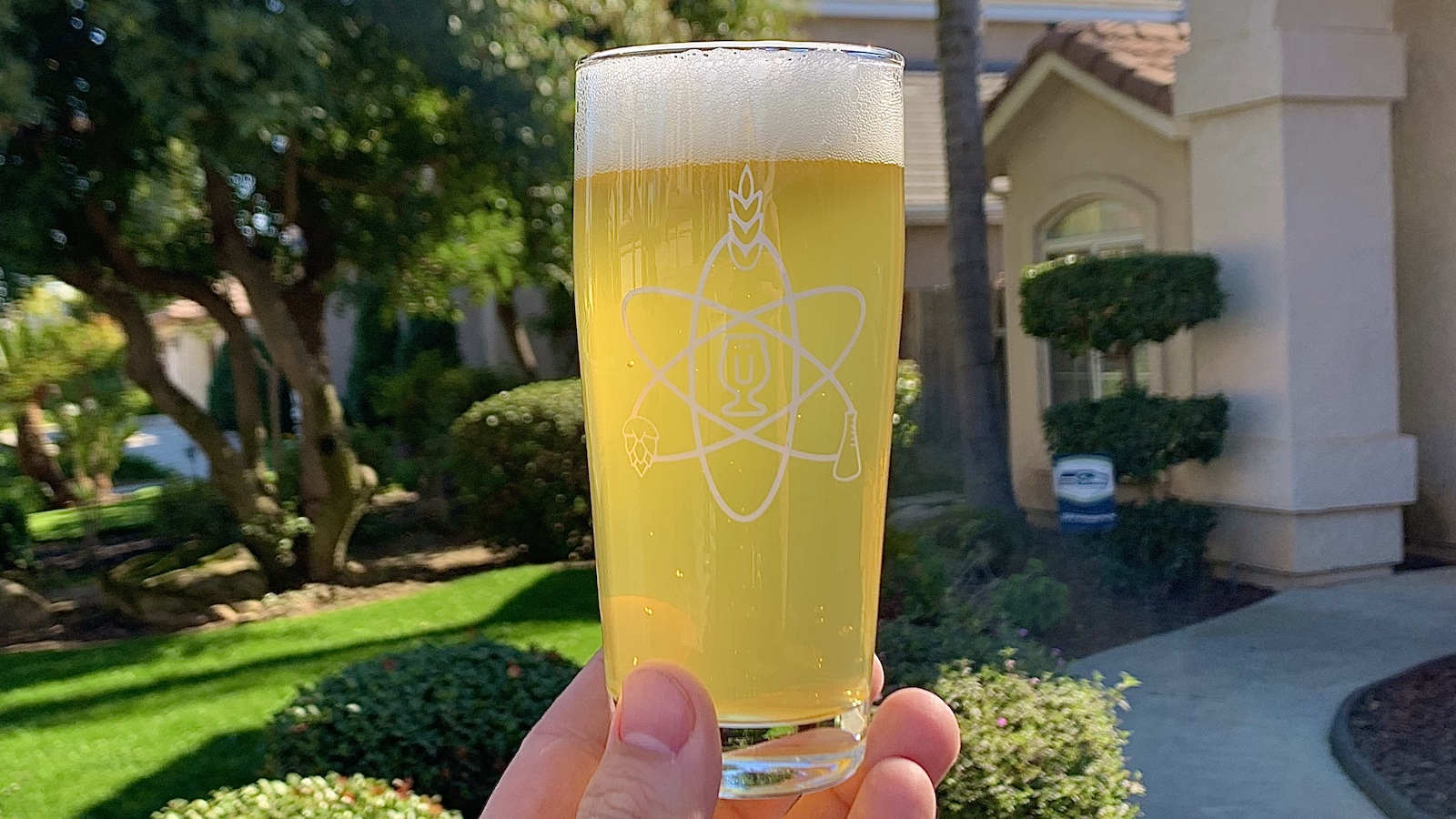
| RESULTS |
A total of 16 people of various levels of experience participated in this Short & Shoddy evaluation. Participants were informed of the specific beer style and provided the BJCP description prior to completing the survey. Tasters were then instructed to rate how hoppy, malty, and dry they perceived the beer to be on a 0-5 scale where a rating of 0 indicated “not at all” and 5 indicated “extremely.”
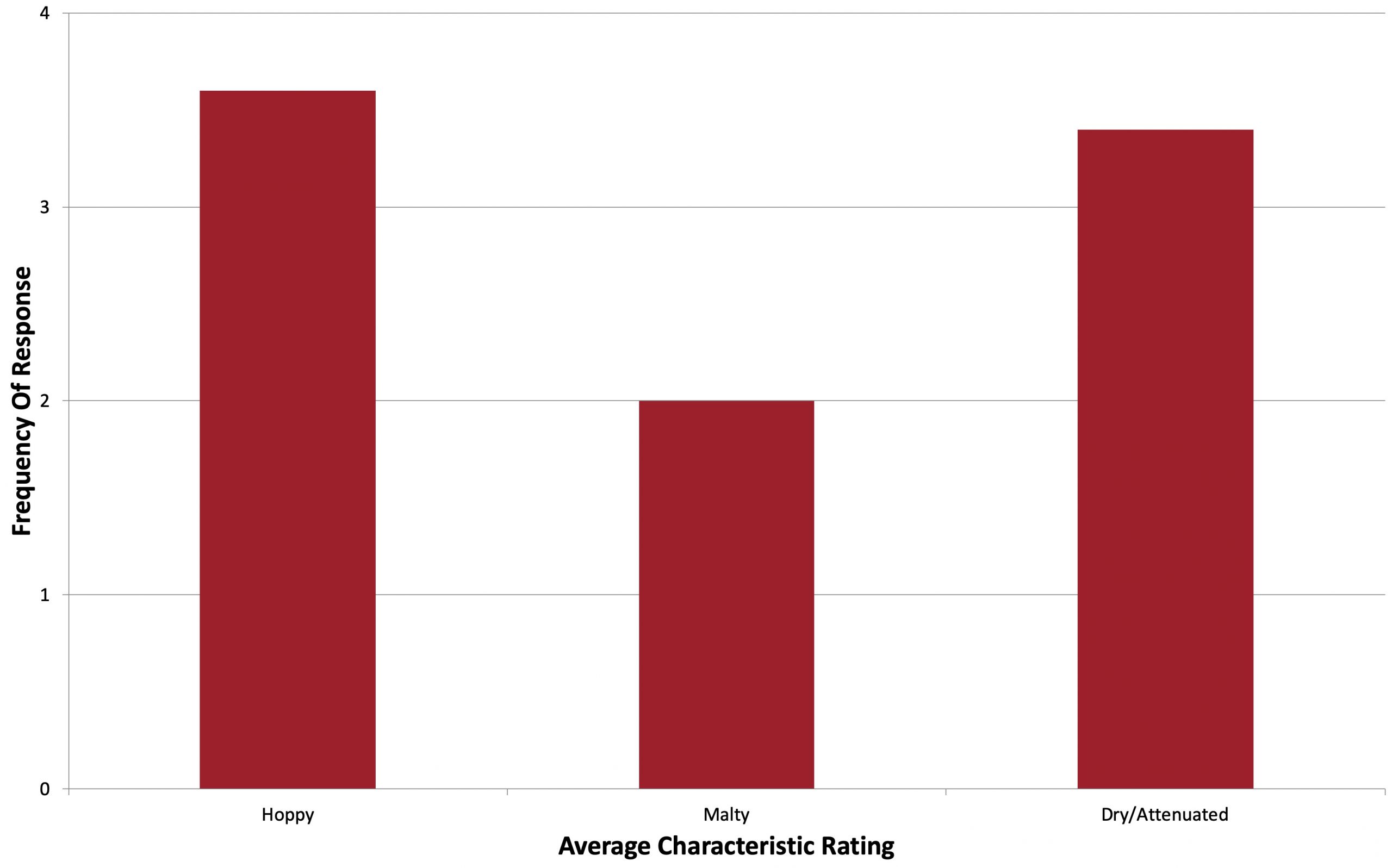
Tasters were provided a list of common hop, malt, and yeast characteristics then instructed to select from each the one they perceived as being most prominent in the beer.
Hop Characteristics
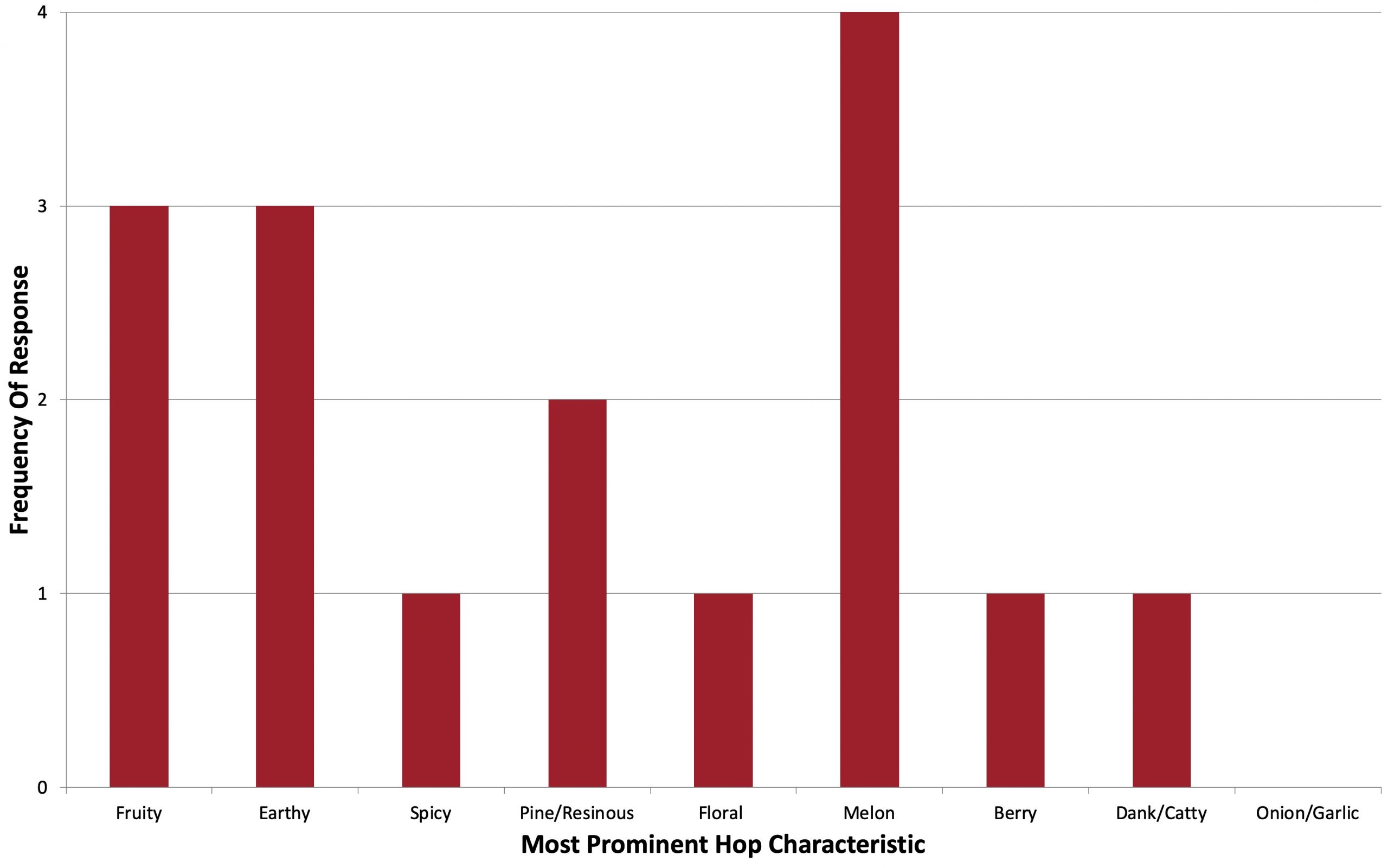
Malt Characteristics
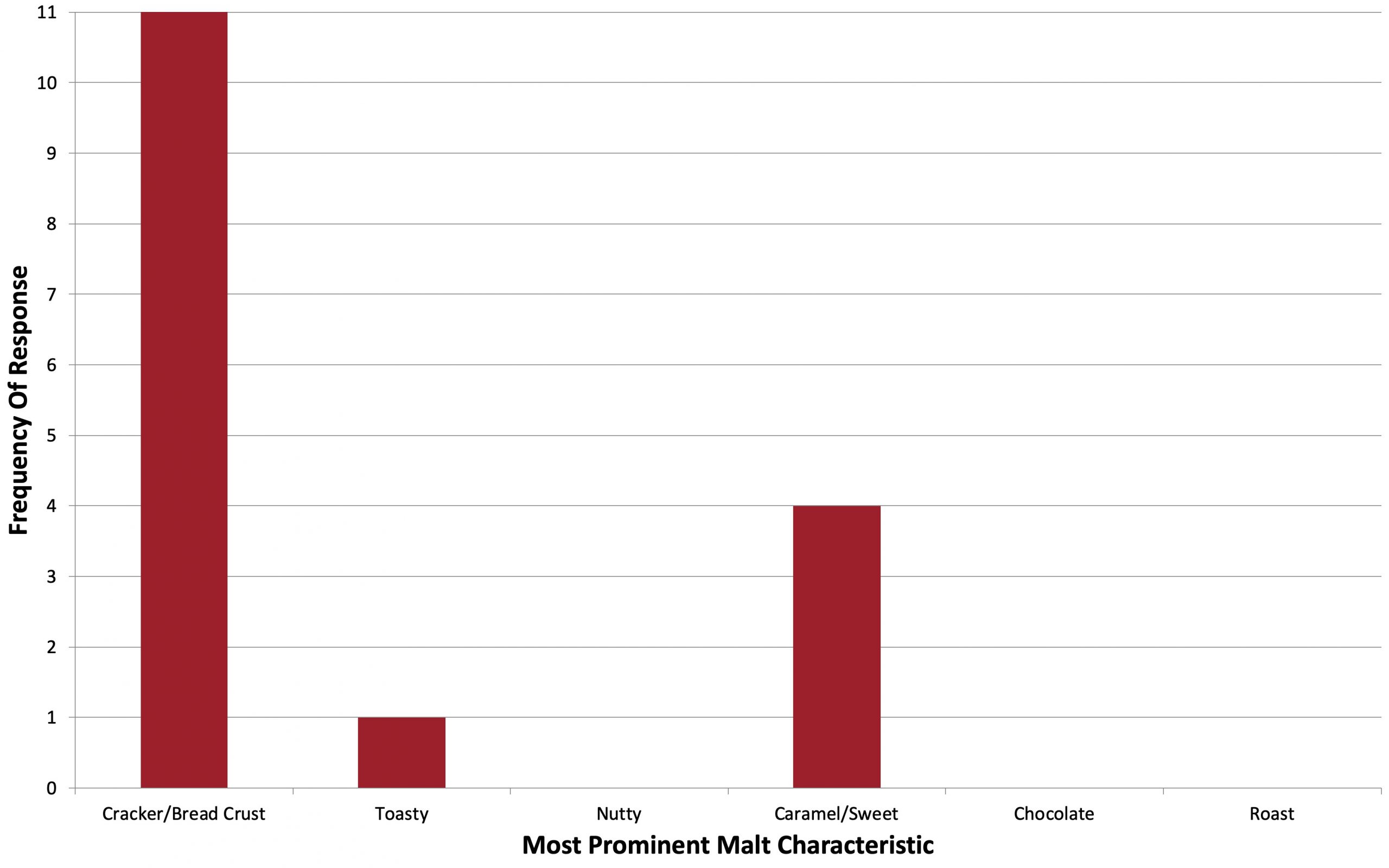
Yeast Characteristics
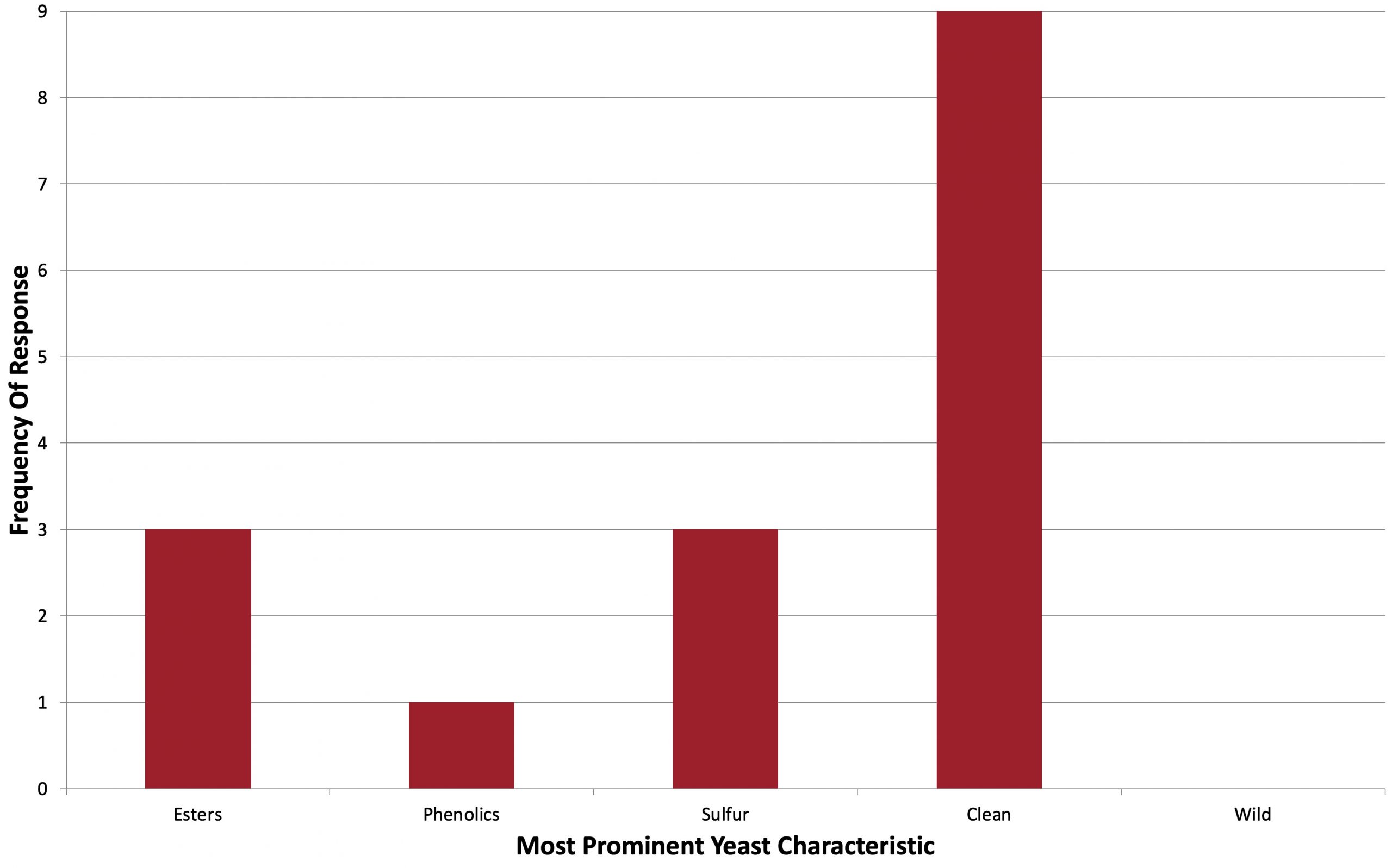
Next, participants were asked to indicate whether or not they detected any off-flavors in the beer; those who did were provided a list of common off-flavors and instructed to select the one they perceived as being strongest. Not a single person identified this beer as possessing any off-flavors.
Tasters were then asked to rate how well the beer represented the intended style, based on the provided BJCP description, on a 0-5 scale where 0 meant “not at all” and 5 meant “exactly.”
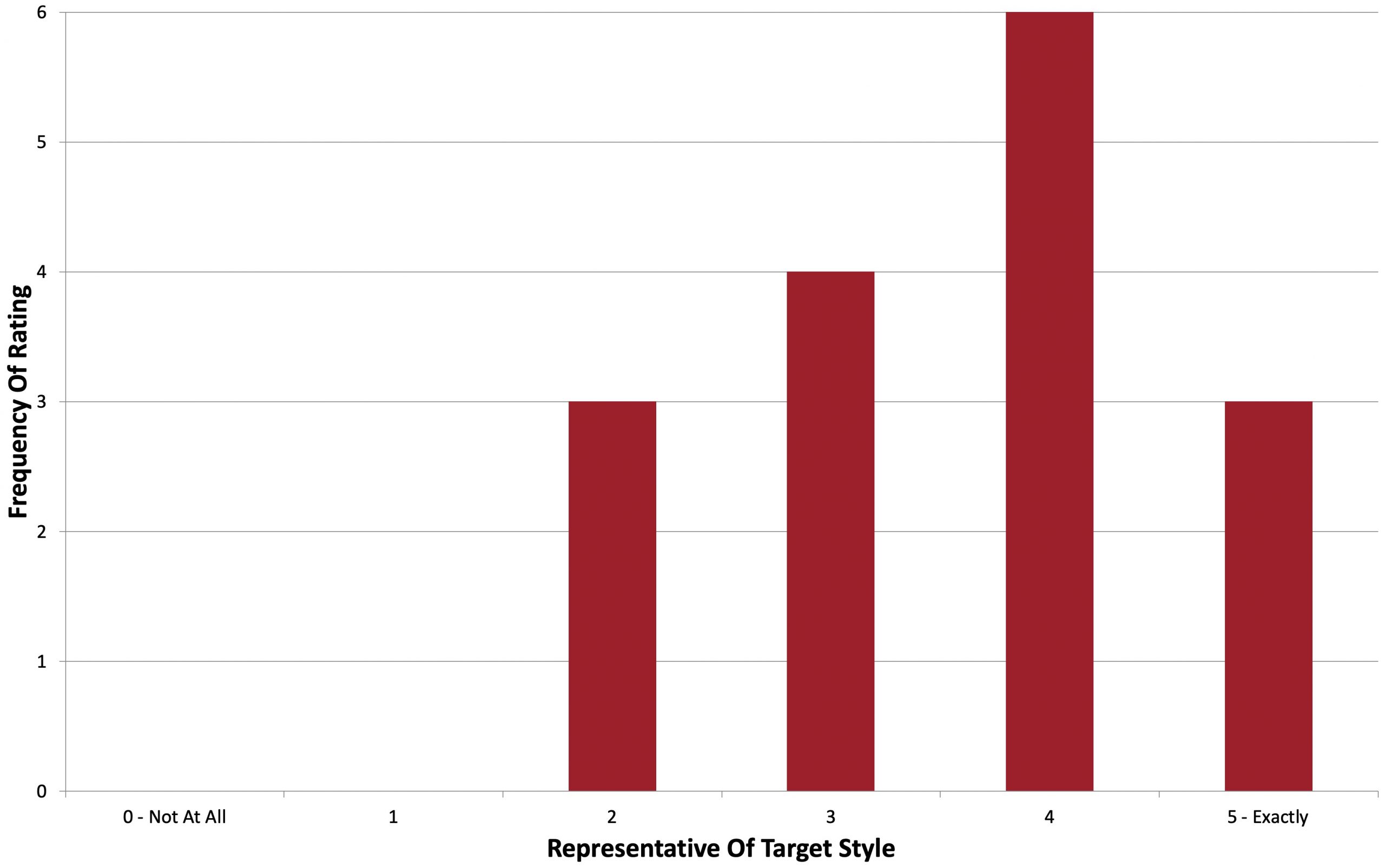
Finally, tasters were asked to rate how much they enjoyed the beer on a 0-5 scale where 0 indicated they hated it and 5 indicated they loved it.
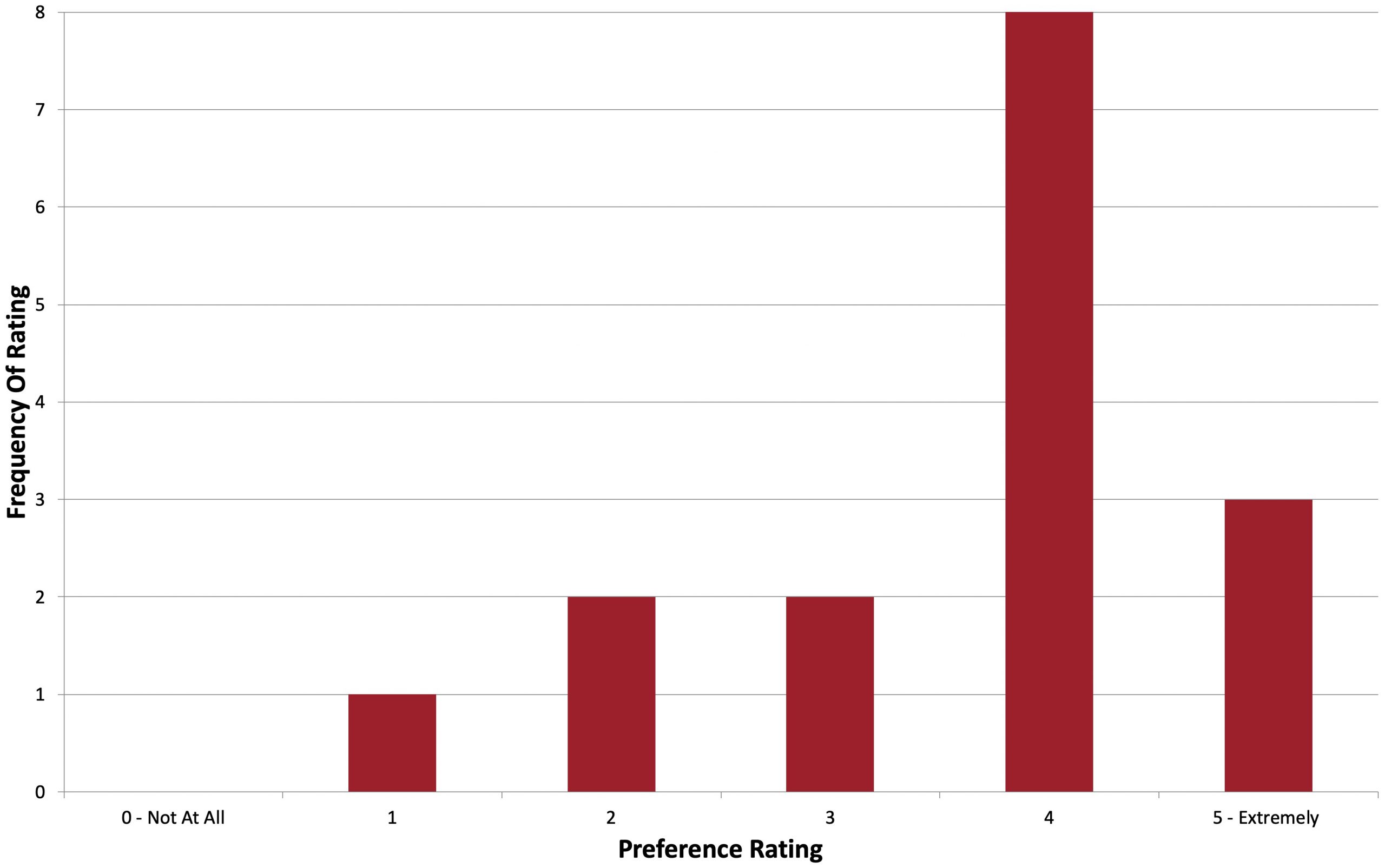
My Impressions: This was one of the more interesting versions of Double IPA I’ve both made and tasted. Rather than balancing a blast of hop character with a noticeable malt backbone, this beer was more like alcoholic hop juice, except you’d never guess it was all that boozy. I definitely enjoyed this beer enough to keep it around until the keg kicked, but I think the simplicity of the grain bill allowed some of the more danky aspects of Citra to come through, so I’d likely stick to less pungent varieties in the future.
| CONCLUSION |
As the name suggests, Double IPA is expected to be a more potent version of IPA, both in terms of alcohol and hop character. On the surface, accomplishing this may seem fairly easy, just ramp up the amount of malt and hops used in a standard IPA recipe. This can certainly get one close, but brewers of exceptional examples of Double IPA tend to take a more fine tuned approach when designing their recipes, minding the interplay of malt and hops while making sure the beer maintains a high degree of quaffability.
Most Double IPA recipes include a variety of malts intended to provide a flavorful canvas onto which a menagerie of hops gets painted. Per the urging of my trusted group of brewing compatriots, the grist for this Short & Shoddy Double IPA was much less complicated, consisting of just Pilsner malt and table sugar. Indeed, this produced a very dry beer with low malt character and a rather in-your-face punch of hops, as indicated by the ratings of blind tasters. Moreover, not only did tasters generally think this beer was a decent representation of the style, but most enjoyed drinking it as well, and nobody noted any of the off-flavors associated with the Short & Shoddy brewing process.
Given the relatively heavy use of Citra, Centennial, and Amarillo in this Double IPA, I was surprised to see melon as the highest rated hop descriptor and wondered if perhaps some other aspect of the beer influenced tasters’ perceptions. In follow-up conversations with those who had completed the survey, a few reported the dryness of the beer was reminiscent of sparkling wine while others commented on the lack of malt flavor. There’s no way to know for sure, but it seems plausible all of these things combined to make a unique palate-tricking tasting experience.
As much as I enjoyed this beer, I wouldn’t place it above other examples of Double IPA I’ve brewed with more complex grain bills, which I accept as being entirely a function of subjective preference– I enjoy a touch of malt richness to support the massive dose of hops. However, it’s entirely likely others differ from me, and for those open to taking brewing risks, this Short & Shoddy Double IPA may be right up their alley.
If you have thoughts about this Short & Shoddy brew, please feel free to share it in the comments section below!
Support Brülosophy In Style!
All designs are available in various colors and sizes on Amazon!
Follow Brülosophy on:
FACEBOOK | TWITTER | INSTAGRAM
If you enjoy this stuff and feel compelled to support Brulosophy.com, please check out the Support page for details on how you can very easily do so. Thanks!

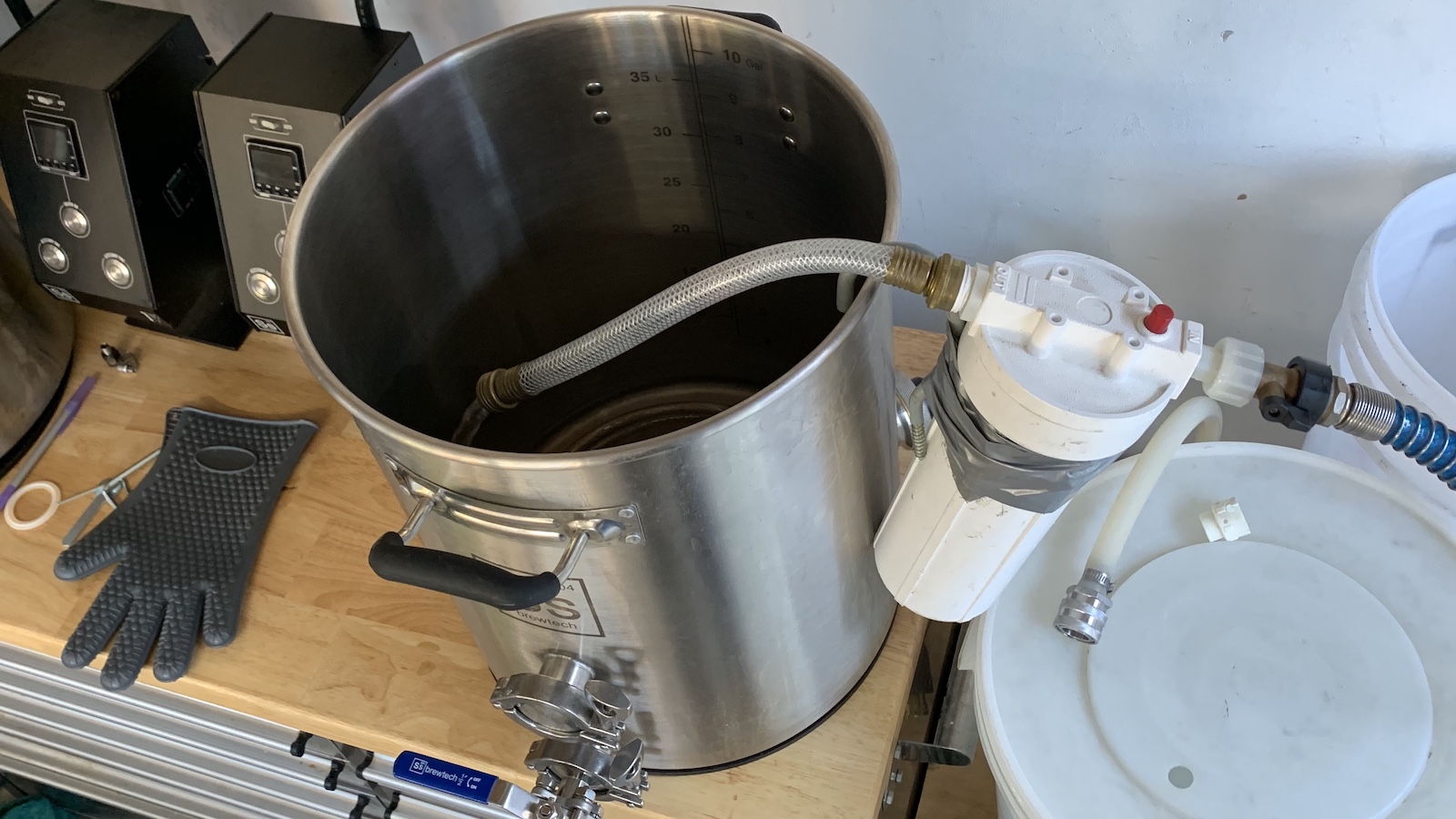
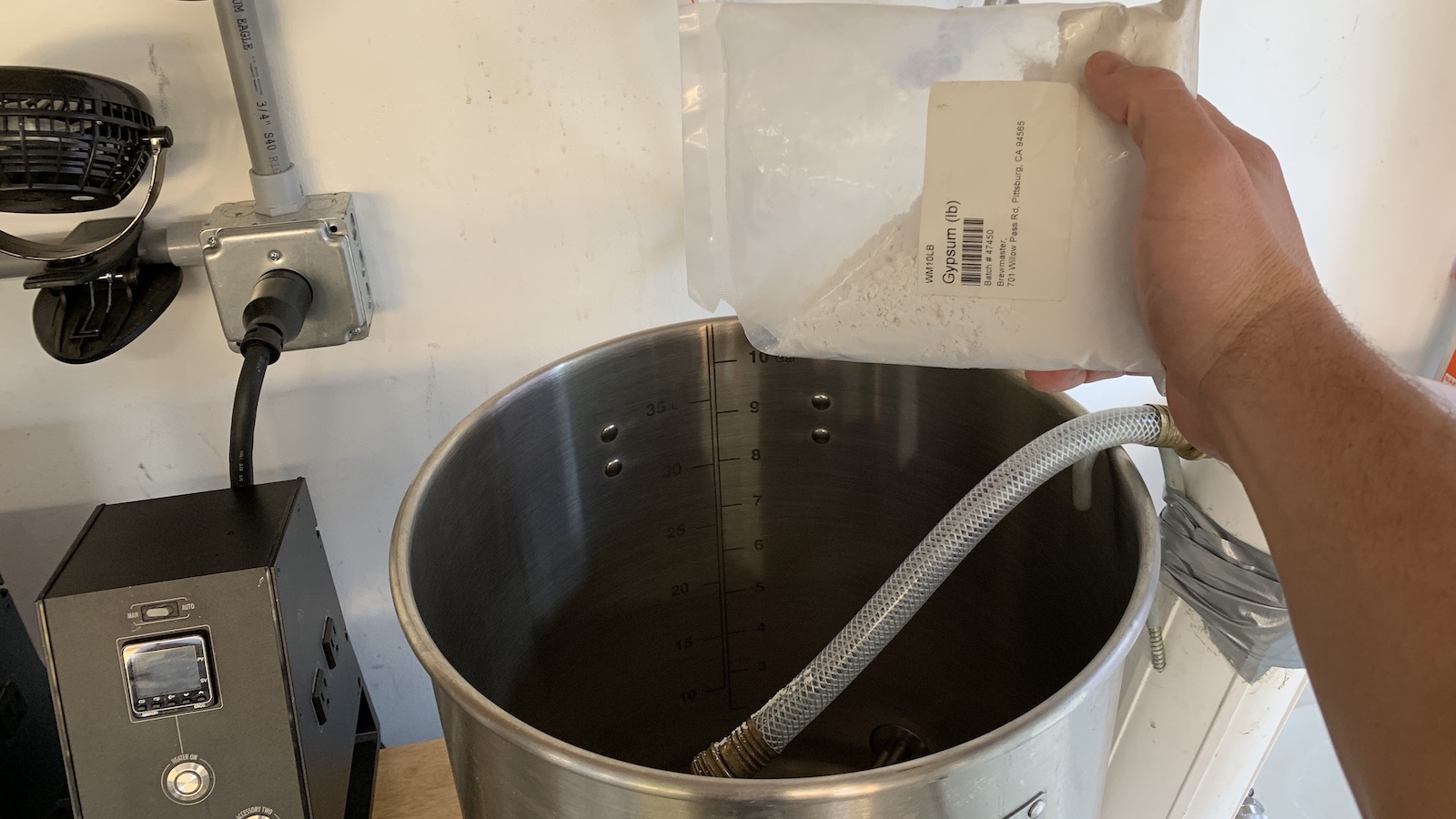
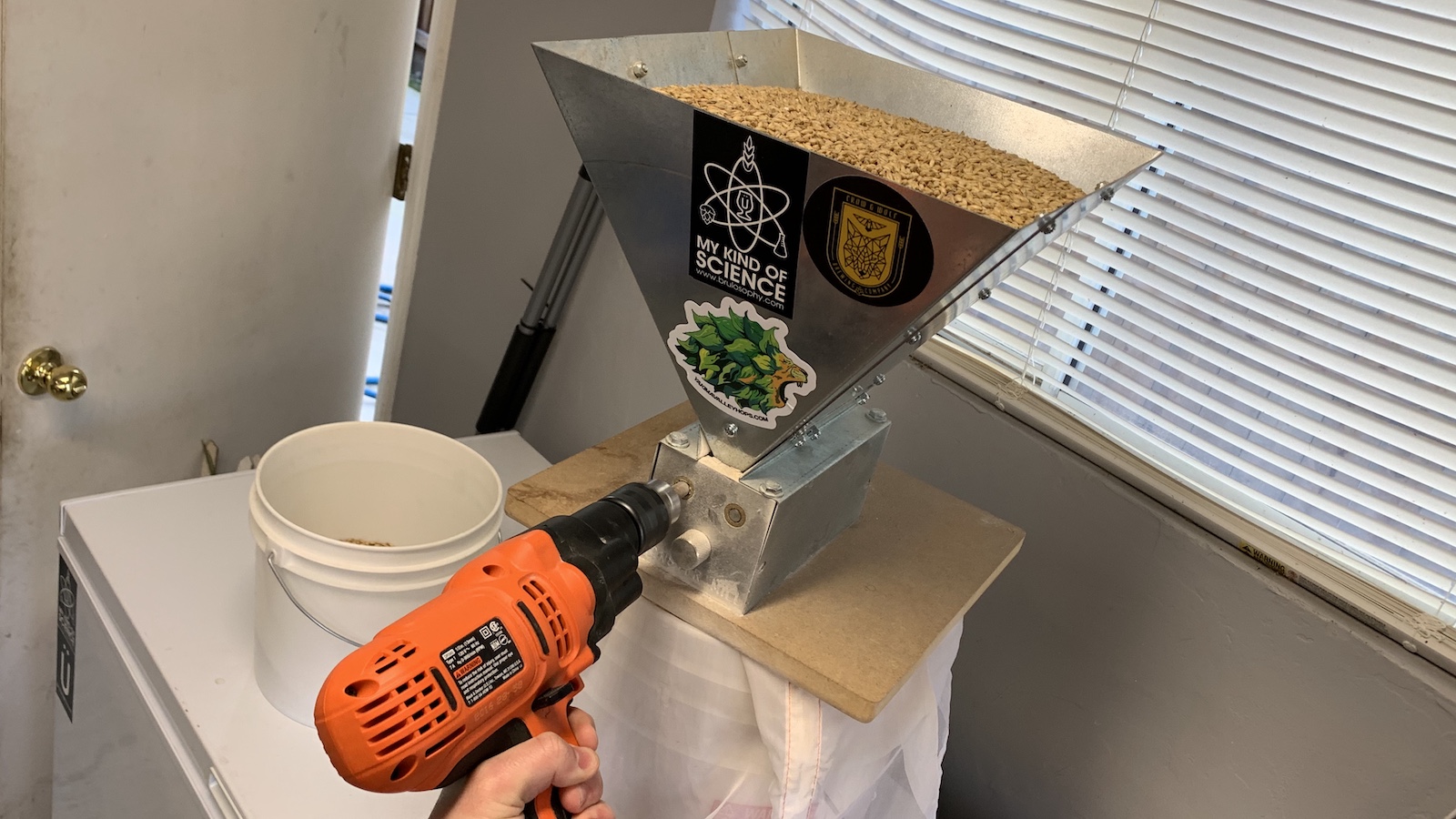
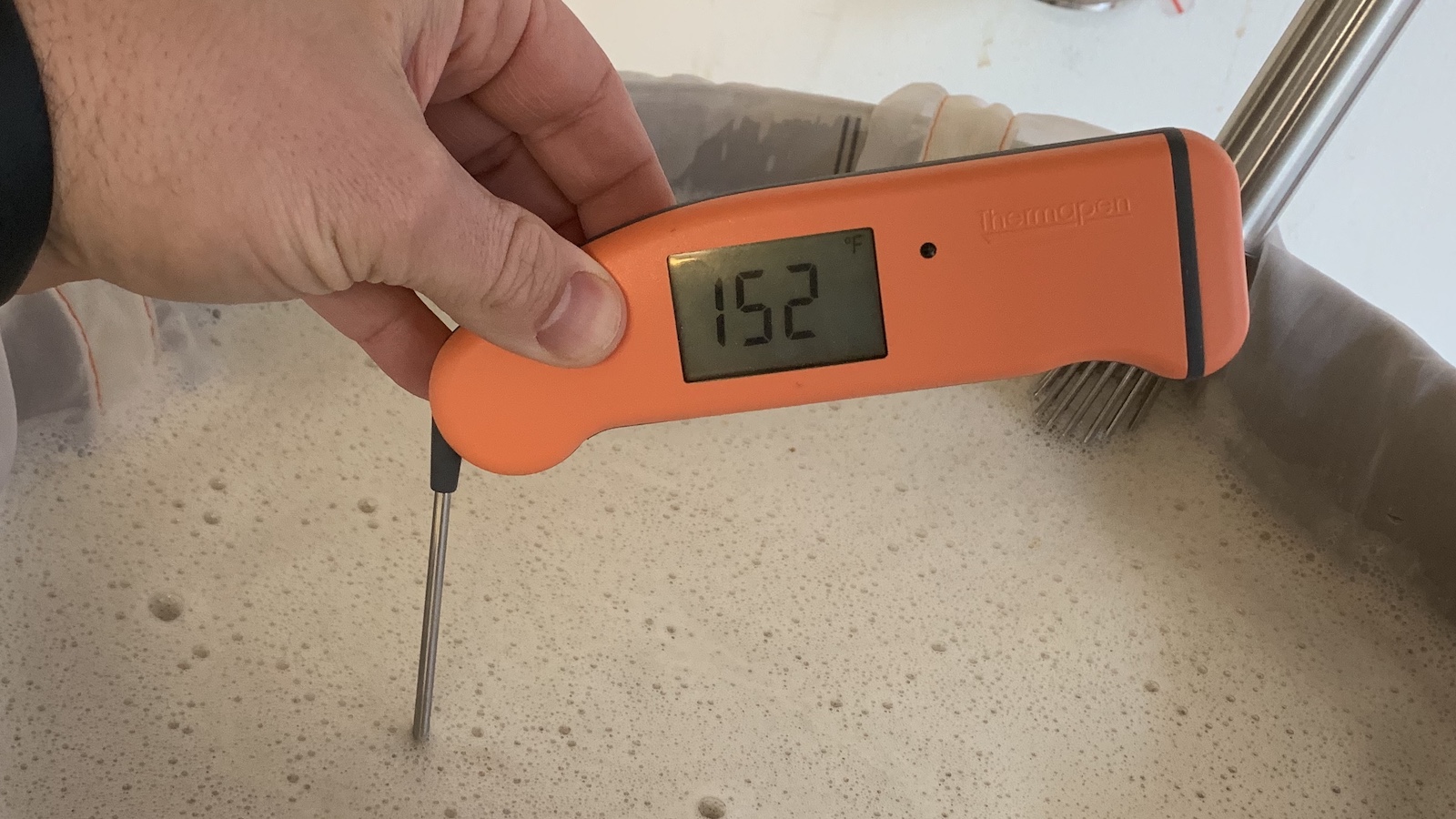
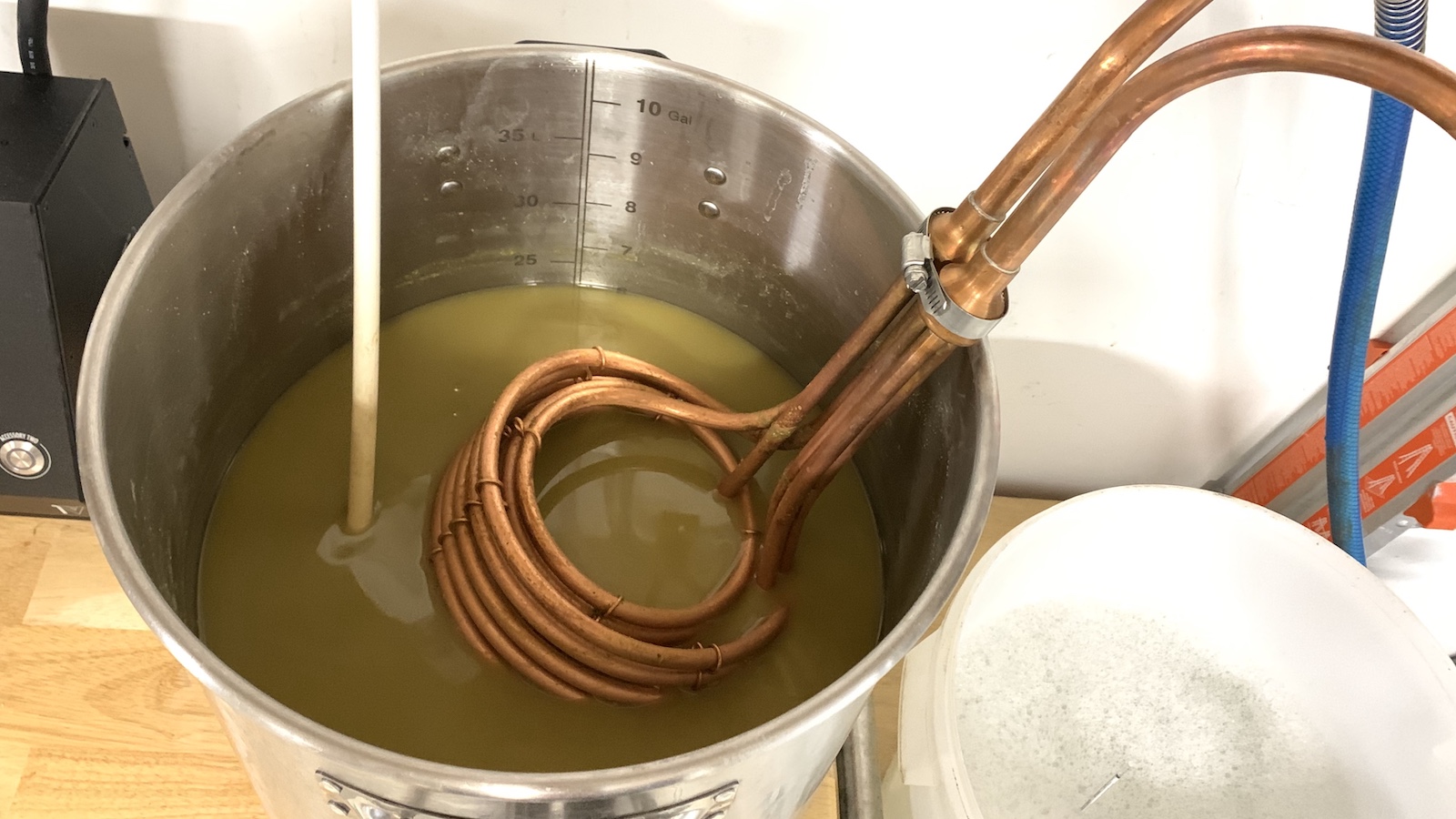
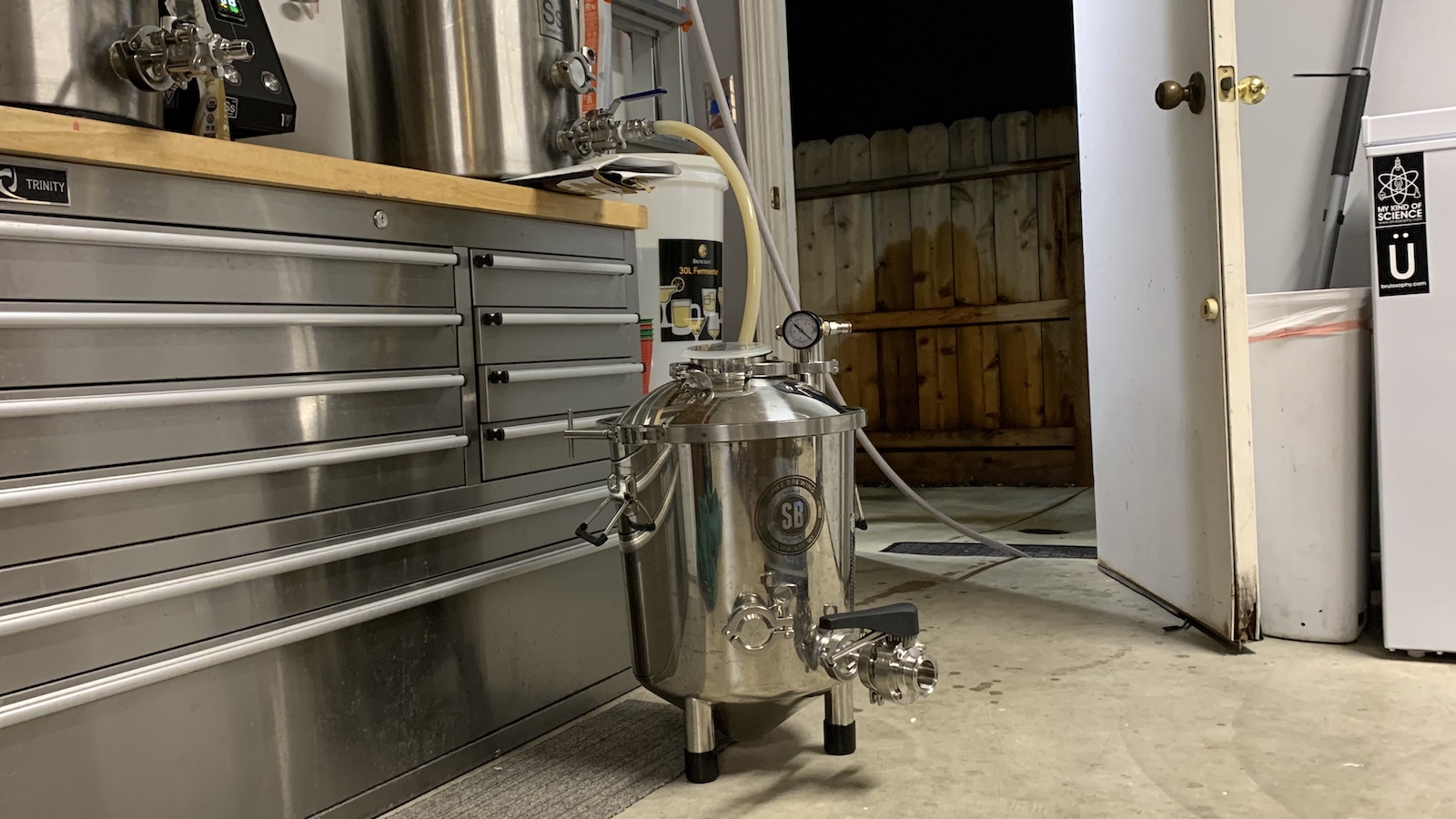
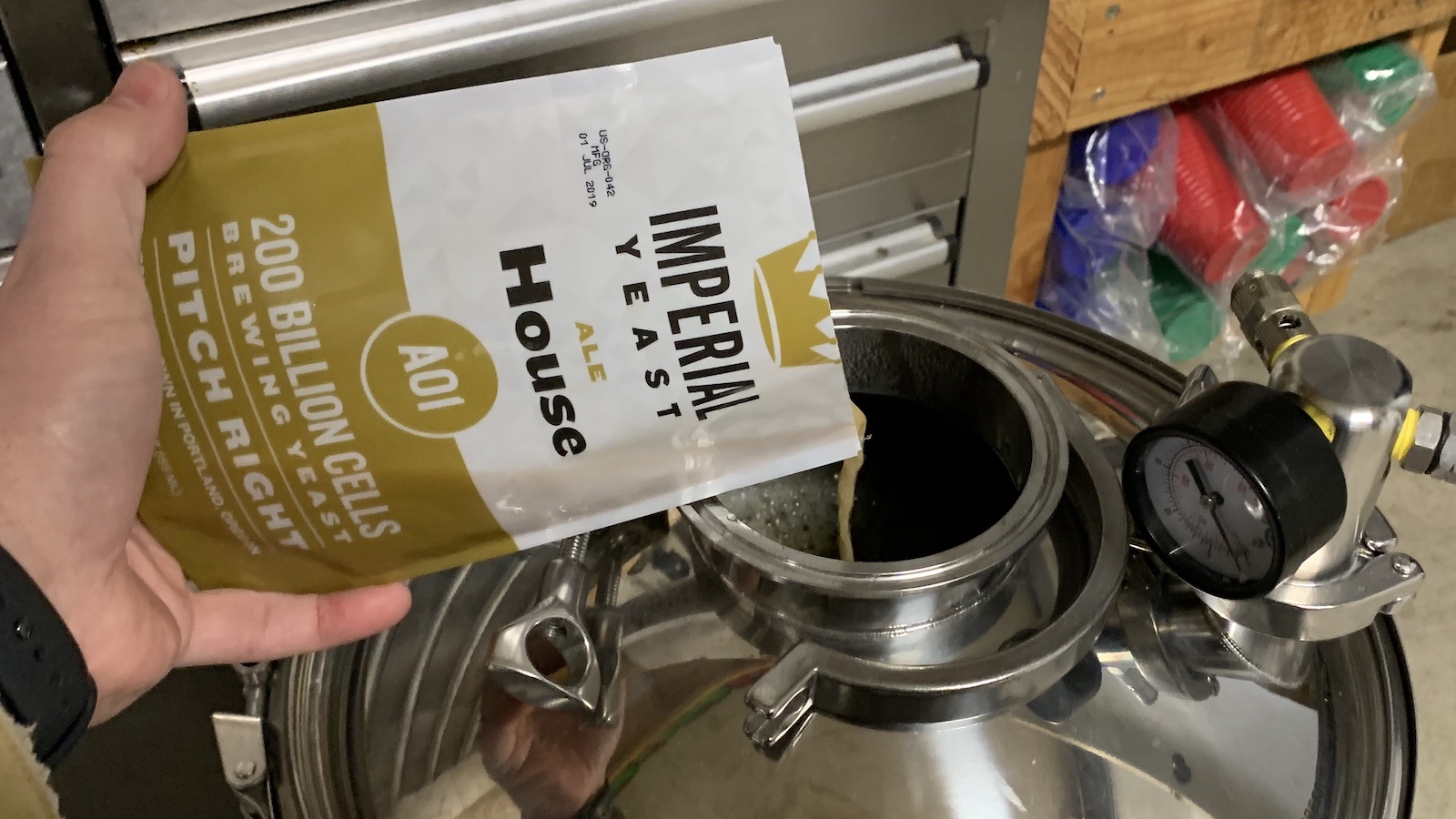
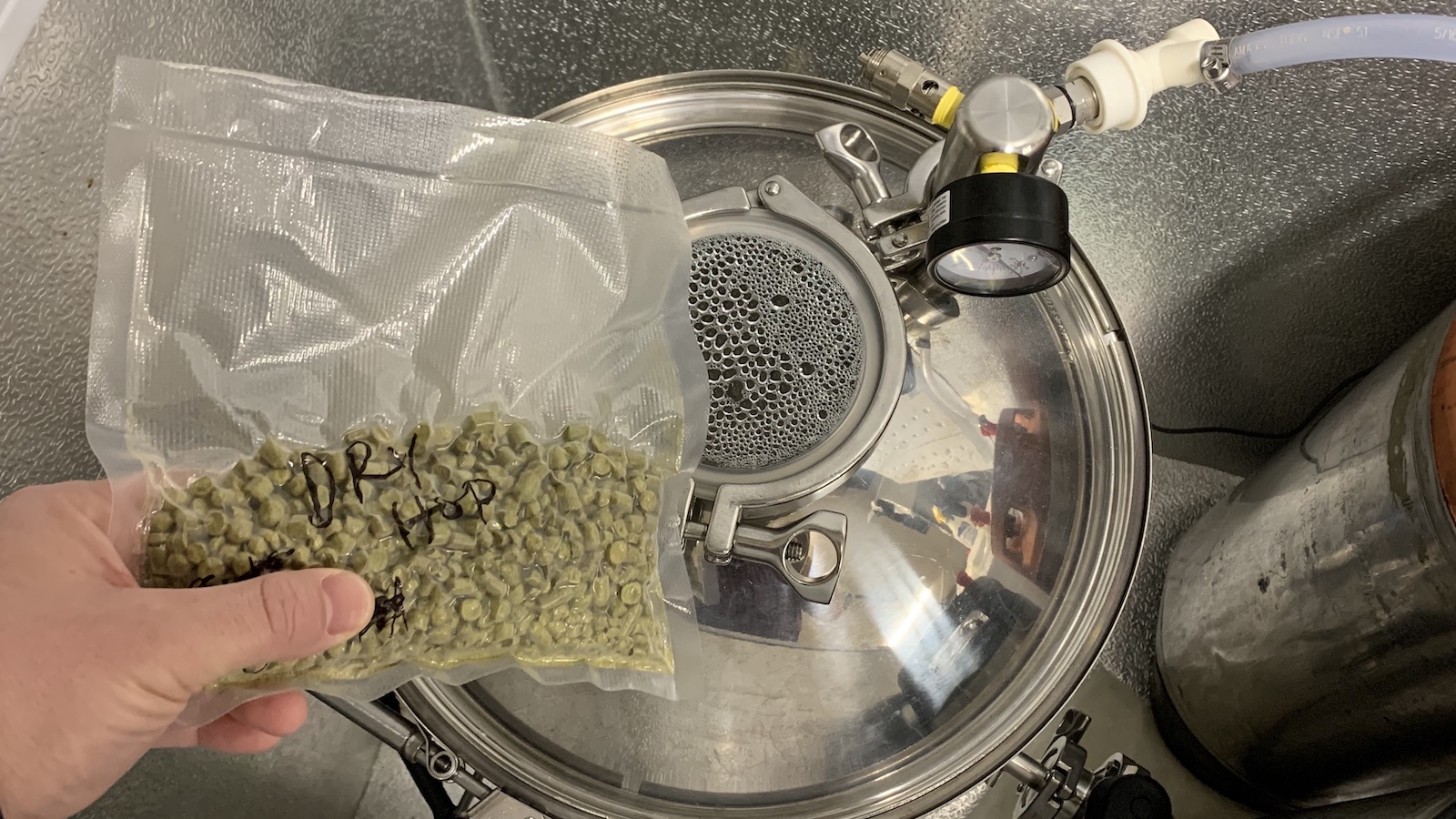
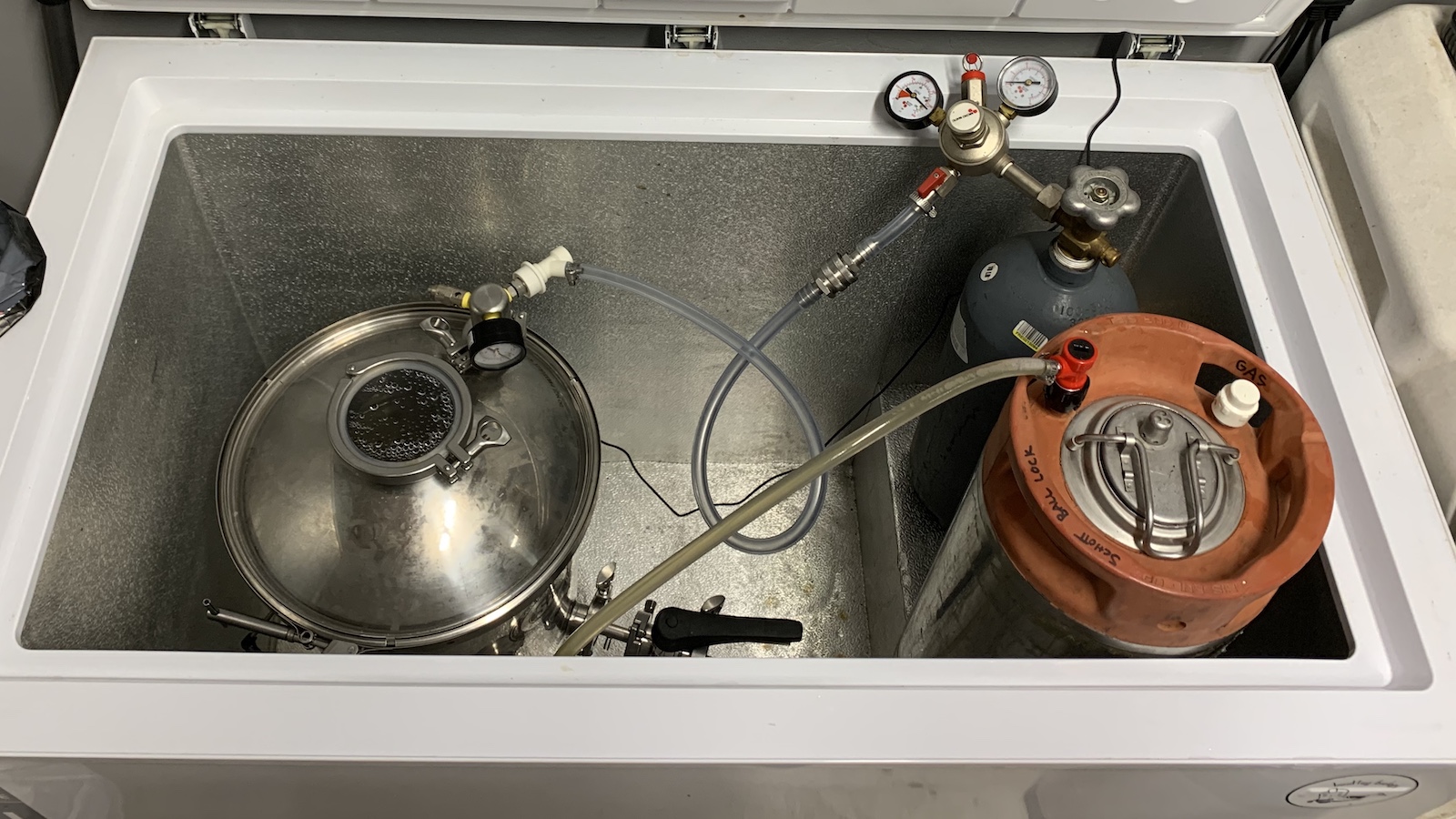











17 thoughts on “Short & Shoddy | Double IPA”
I would have considered using a different base malt, like Golden Promise or Maris Otter for this one, Pilsner is IMO too light-bodied to be used as a the single malt of a Double IPA.
Listen Royger, that’s not what the Brü crew implored me to do.
Fantastic, Marshall! As a side question, don’t you ever get clogged liquid posts when dry hopping loosely? Cheers!
The fermenters I use most frequently have adjustable diptubes, so no, I rarely get clogs… at least when I remember to place the diptube properly.
I’ve had that problem. I put an SS mesh on the dip tube and it helps. Also, you can unhook the gas QD, hook CO2 up and blast the clog back up into the fermenter and hopefully clear it out.
Semi off topic: Every Pliny the Elder I’ve done is darker than the real thing. The real thing looks like a pilsner. I prefer my clones to the real thing but I do wonder if the real ting uses 100% pilsner?
I don’t want to be a party pooper, but imho this isn’t really “short and shoddy” with a CO2-capture system, cold-crashing and gelatin-fining.
It’s mostly just a short mash and boil – besides the silly practice of not measuring your mineral additions,.like seriously, that’s not even a real shortcut -, which apparently doesn’t wreak havoc on a beer.
Not poopin’ on anyone’s party. The beauty of Short & Shoddy is that people can make of it what they want. The purpose isn’t to try to fuck a batch up, but rather cut numerous corners while still making a good beer. TETO.
By rights you could really consider gelatin fining itself as a “Short and Shoddy” function of cold conditioning for extended periods of time (time in a powder as Malcolm/Marshall say), it has just been used enough in more recent times to be considered a “normal” way of clarifying a beer pre-packaging.
From my point of view, I think showing you can turn around a great tasting 5gallon AG batch in ~2hrs and not have any perceived off flavours is the real take away for most people. For those people with children in particular or a spouse that doesn’t particularly overly support their brewing hobby I feel like this is a HUGE benefit.
Checkout the Genus Brewing channel on YouTube (they advocate Brulosophy in a lot of their videos so I hope this isn’t a conflict of interest and am in no way affiliated with them) if you want to see some even shorter and shoddier methods some of which even they say are quite laughable (30minute brewdays with extract etc)
As Marshall states, each to their own and I personally love the discussion this can bring about!
I know this isn’t the subject of the post, but it looks like you are using the JaDeD Scylla at this point. Correct? If so, how did you settle there over the Hydra, Mantis, or custom 3-loop parallel unit for your system? I ask because I am planning on a SS Brewtech 10 gal system similar to yours and am trying to figure out the best IC options. Cheers!!
Actually, it was Clay (from JaDeD) who recommended the Scylla after I started using the Ss 1V unit.
Thanks for the reply – I am chatting with Clay right now about the various options. For 5-gal batches in the 10-gal Ss 1V system, do you have any coils sticking up above the top of the wort? Does the chiller slip down inside the halo coil?
IC fits between the halo well, there is a couple coils above the wort line.
Man, I need to rethink my pitching practices. I would have had anxiety in putting a single pouch in a 1072 beer with no starter! Awesome.
You need to start adding clean up timers and `Short and Shoddy’ cleaning practices :). I`m not sure any corners can be cut (or should be cut) but it would be interesting to know what you do/how much time it takes.
Kudos to you and the crew on a great site and content!
I’m curious if you got provide PDFs of the forms you give out. I’d love to have my friends use them to sample my beer so I could get some good feedback
Same here, would love it!
I think the imploring Bru crew set you up with that weak recipe. Short and Shoddy was not the determining factor in this beer’s shortcomings. It was the recipe, specifically the spineless malt bill. Your method makes a good beer.